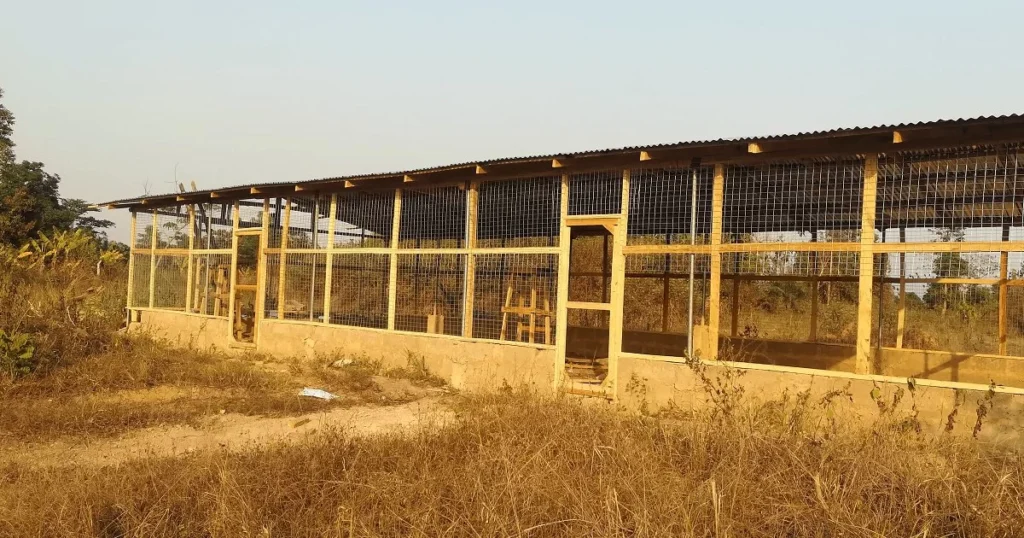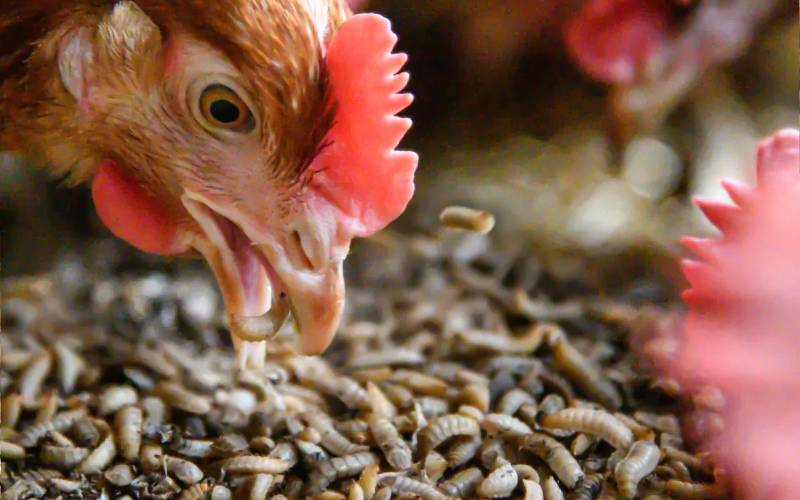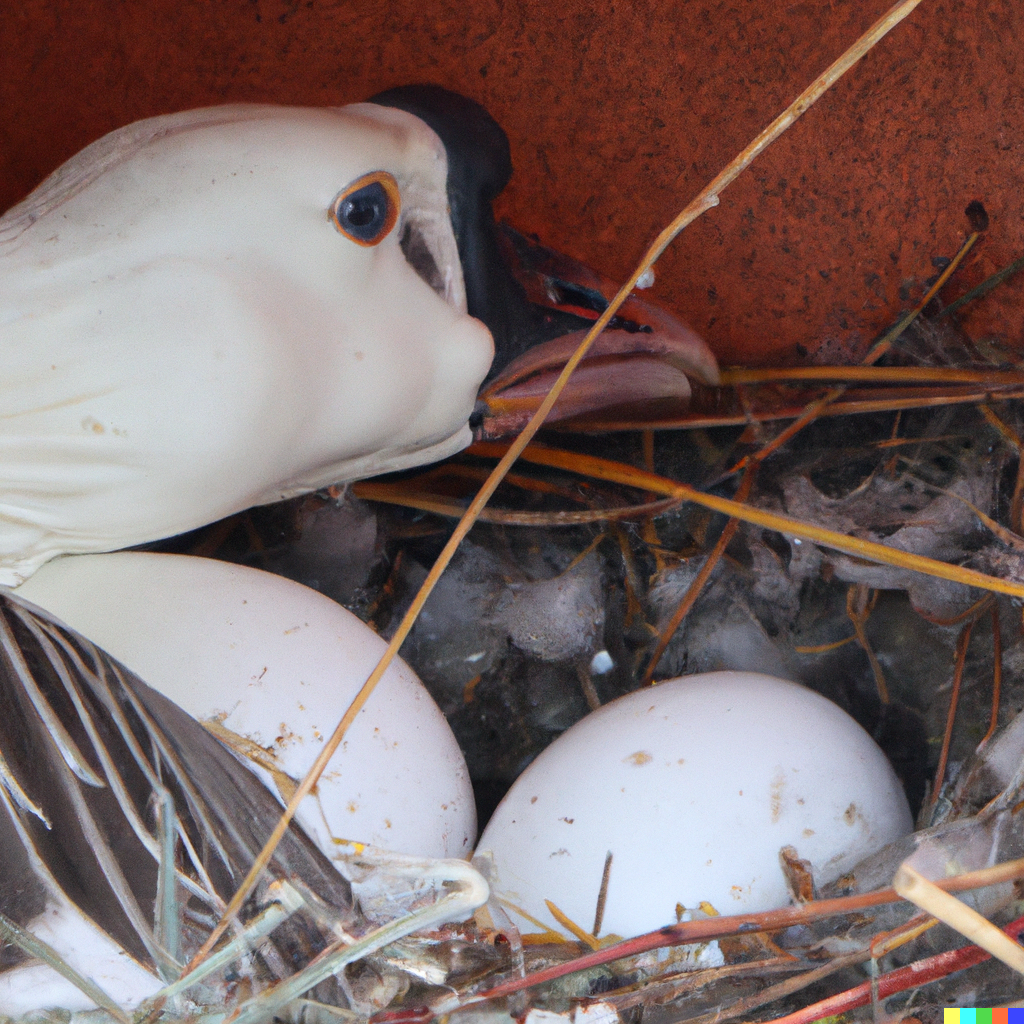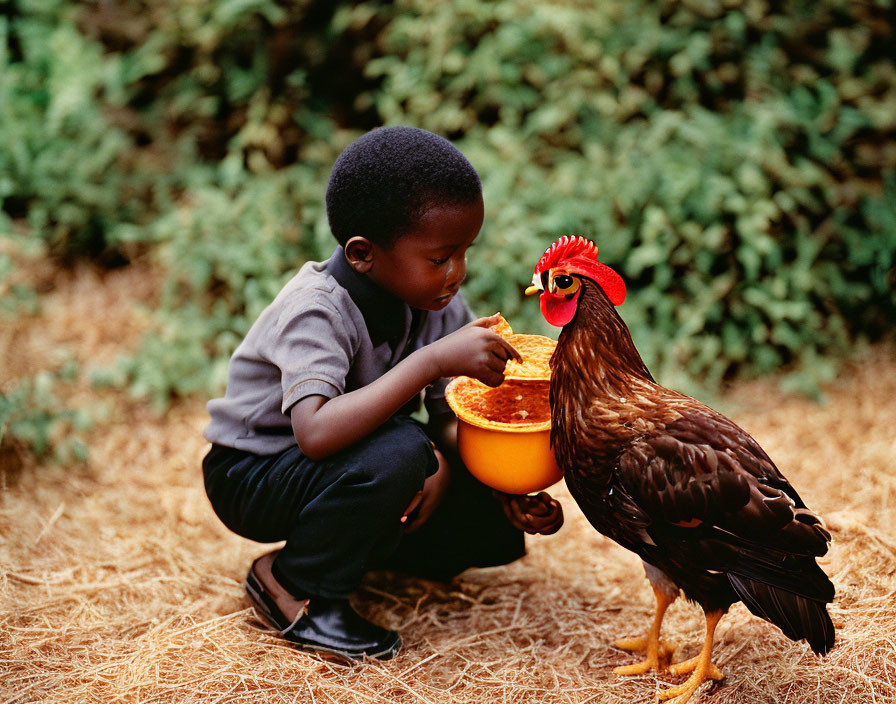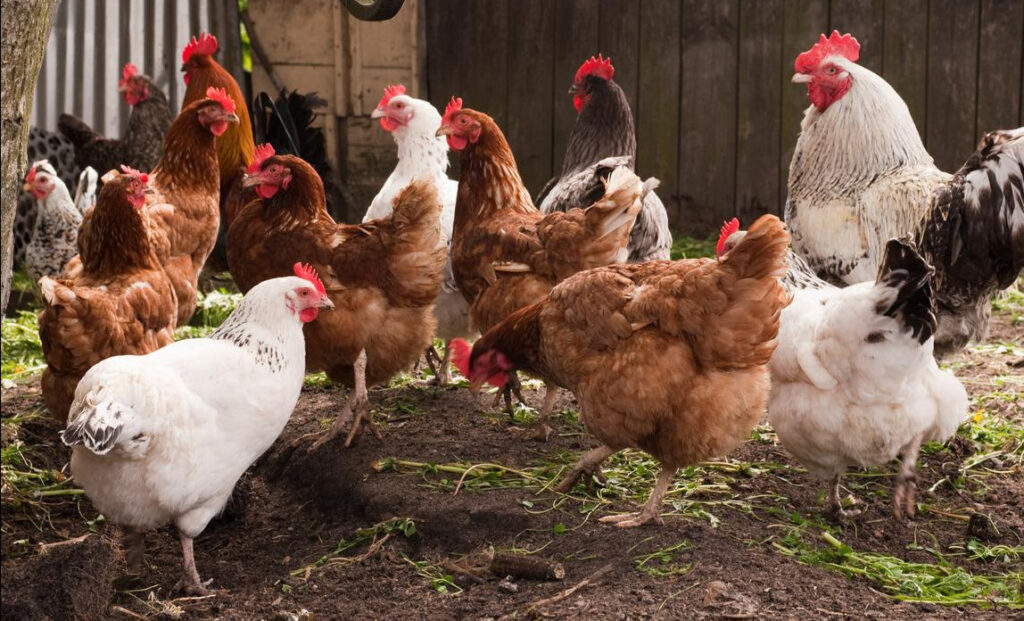Commercial poultry house
A commercial poultry house is a facility used for the production of chickens, ducks, turkeys, or other poultry for meat or egg production on a large scale. The house is typically a large, temperature-controlled building with a design that allows for the efficient management of large numbers of birds.
Some common features of a commercial poultry house include:
- Feed and water systems: The house is equipped with automatic feed and water systems that ensure the birds have access to food and water at all times.
- Controlled environment: The temperature, humidity, and ventilation of the house are carefully controlled to provide a comfortable and healthy environment for the birds.
- Lighting: Lighting is typically provided to regulate the birds’ circadian rhythms, which affects their growth and production.
- Waste management: A system is in place to manage and dispose of the birds’ waste, which can include manure and bedding material.
- Disease control: Biosecurity measures are in place to prevent the spread of disease among the birds.
Commercial poultry houses are typically owned and operated by large companies, but they can also be run by smaller farmers or cooperative organizations.
The goal of these facilities is to produce large numbers of birds in a controlled and efficient manner, while providing a healthy environment for the birds and ensuring food safety for consumers.
